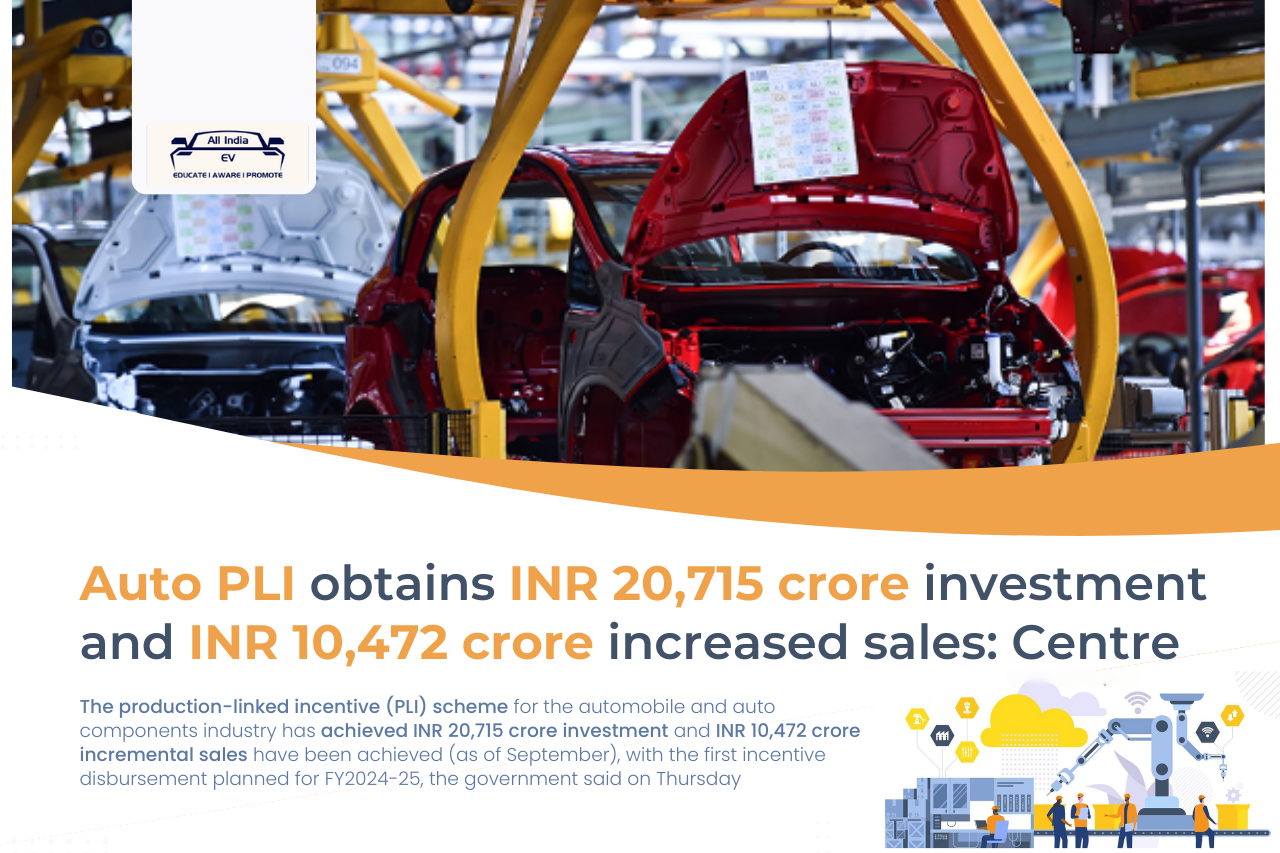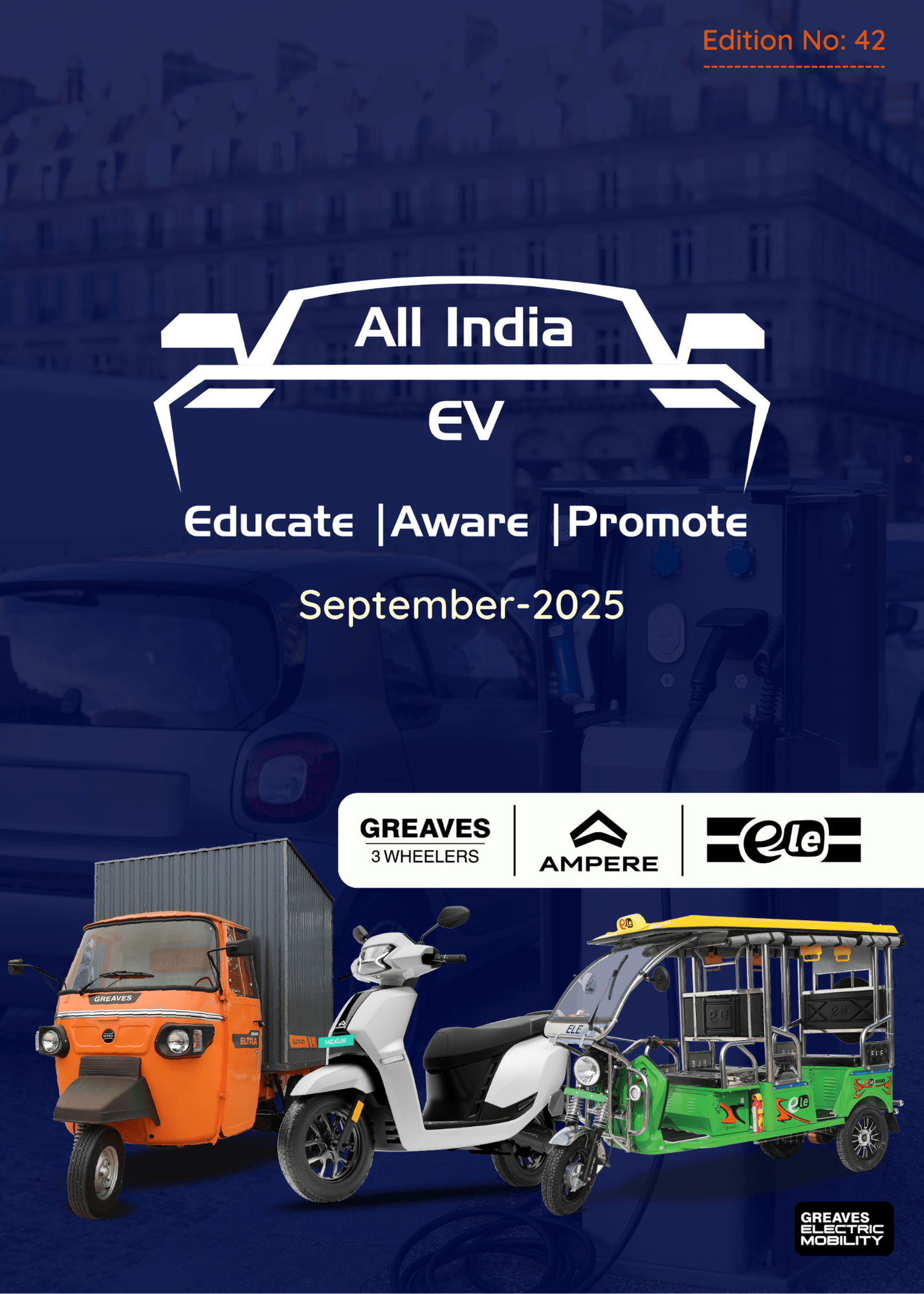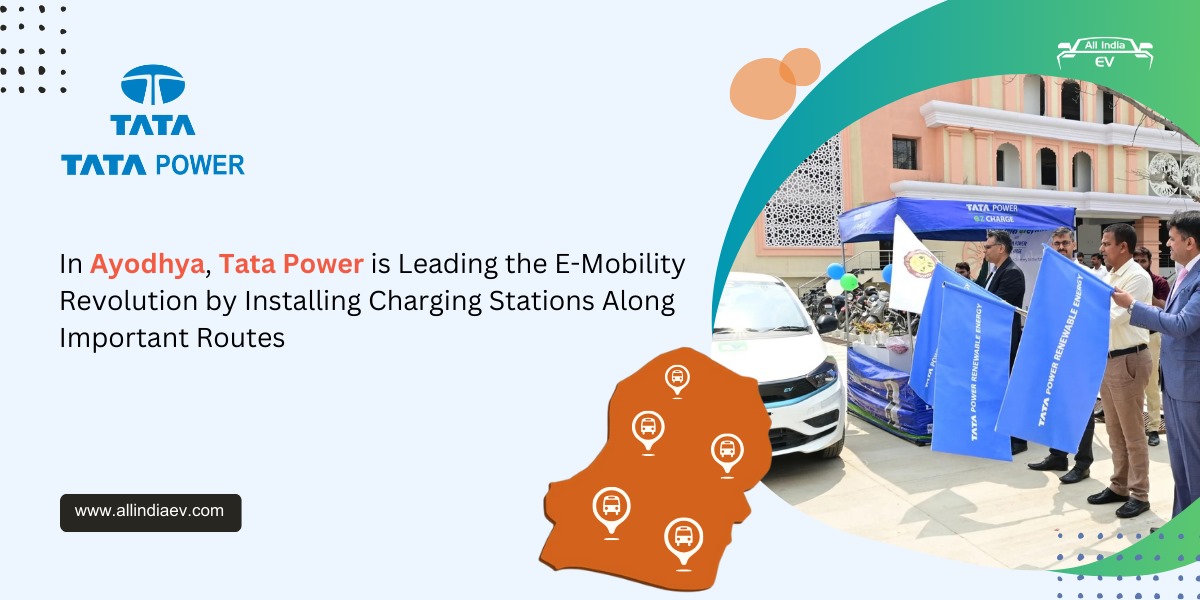
Government Accelerates Electric Vehicle Push with Multi-Pronged Approach
New Delhi: The Indian government is intensifying its efforts to promote electric mobility across the country, with a multi-pronged approach encompassing various schemes and initiatives. This strategic push aims to bolster domestic EV manufacturing, reduce carbon emissions, and establish India as a global leader in the burgeoning electric vehicle sector.
Key Government Initiatives:
PM E-DRIVE Scheme: Launched on September 29, 2024, with a budget of INR 10,900 crore, this scheme aims to accelerate the adoption of electric vehicles. As of October 31, 2024, a significant amount has been allocated:
- INR 6,577 crore for subsidies to incentivize the purchase of electric two-wheelers (e-2Ws), three-wheelers (e-3Ws), four-wheelers (e-4Ws), and buses.
- INR 2,244 crore for investments in capital assets related to the EV ecosystem.
- INR 23 crore for other operational expenses.
This has resulted in the incentivization of 16.15 lakh EVs, including 14.27 lakh e-2Ws, 1.59 lakh e-3Ws, 22,548 e-4Ws, and 5,131 e-buses. Furthermore, 10,985 EV charging stations have been sanctioned, with 8,812 already allocated for installation.
Production-Linked Incentive (PLI) Scheme for Automobile and Auto Components: With a substantial outlay of INR 25,938 crore, this scheme is designed to enhance India’s manufacturing capabilities for advanced automotive technologies (AAT), including electric vehicle components.
- Key highlights: INR 20,715 crore in investments have been achieved. Incremental sales have reached INR 10,472 crore (as of September).
- Strong sales growth: 82 out of 115 applications have been approved, with an estimated investment of INR 42,500 crore and projected incremental sales of INR 2,31,500 crore over five years.
- Job creation: The scheme is expected to generate 1.4 lakh jobs over the next five years.
- Incentive structure: The scheme offers attractive incentives ranging from 8-18% for various AAT components, including electric vehicle and hydrogen fuel cell components.
FAME-II Scheme: Launched in 2019 with a budget of INR 11,500 crore, this scheme aims to boost the demand for electric vehicles by providing incentives for the purchase of e-2Ws, e-3Ws, e-4Ws, e-buses, and supporting the development of charging infrastructure.
Government’s Vision:
These initiatives reflect the government’s strong commitment to transitioning India towards a sustainable and electric future. By fostering domestic manufacturing, promoting the adoption of electric vehicles, and developing a robust charging infrastructure, the government aims to position India as a global leader in the electric vehicle sector.
Challenges and Opportunities:
While the government’s efforts are significant, challenges remain. These include the need to address range anxiety, improve battery technology, and ensure the availability of affordable and reliable charging infrastructure. However, the growing market for electric vehicles, coupled with continuous technological advancements and supportive government policies, presents significant opportunities for India to capitalize on this burgeoning sector.









